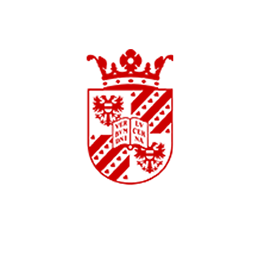Creativity is the driver of change, and our group has a long-standing interest in both. Our research focuses on individual and group-level variables and processes, with special attention for the ways in which people interact with their (work) environment. Different people require different circumstances to flourish, and there is no one-size-fits-all way to stimulate creativity and innovation.
Personality, leadership, task structure, motivation, and teamwork are among the main factors studied in our group. Besides addressing the factors that help (or hinder) people to come up with creative ideas and solutions, we also study the transition from creativity to innovation: even when creative ideas are present, they are not always recognized, selected, or implemented. How can we prevent creative potential from getting lost along the way? What can leaders do to stimulate innovation? Why do people often resist creative ideas?
In our research, we employ a variety of methods in a broad array of settings. Of course, laboratory experiments are indispensable for a fine-grained and causal understanding of the creative process. But field studies in organizations are crucial to our approach as well, and we enjoy the cross-fertilization of ideas that external collaborations can bring.
Research questions
- What can leaders do to stimulate creativity and innovation?
- Why is it that people often resist creative ideas?
- Which factors enhance recognition and selection of creative ideas?
- What is the role of personality in creativity and innovation?
- Do different people require different circumstances to perform creatively?
Relevant publications
- De Jonge, K. M., Rietzschel, E. F., & Van Yperen, N. W. (2018). Stimulated by novelty? The role of psychological needs and perceived creativity. Personality and Social Psychology Bulletin, 44, 851-867. https://doi.org/10.1177/0146167217752361
- Harvey, S., & Rietzschel, E. F. (2022). Unpacking “Ideas” in creative work: a multidisciplinary review. Academy of Management Annals, 16(2), 621-656.
- Mascareno, J., Rietzschel, E.F., & Wisse, B. (2020). Envisioning innovation: Does visionary leadership engender team innovative performance through goal alignment? Creativity and Innovation Management, 29, 33–48. https://doi.org/10.1111/caim.12341
- Rus, D., Wisse, B., & Rietzschel, E. F. (2016). An open invitation to open innovation: Guidelines for the leadership of open innovation processes. In A.B. Markman & H.P. Naquin (Eds.), Open Innovation: Academic and Practical Perspectives on the Journey from Idea to Market (pp. 141-168). Oxford: Oxford University Press.
- Wisse, B., Barelds, D. P. H., & Rietzschel, E. F. (2015). How innovative is your employee? The role of employee and supervisor dark triad personality traits in supervisor perceptions of employee innovative behavior. Personality and Individual Differences, 82, 158-162. https://doi.org/10.1016/j.paid.2015.03.020

